Metrorail Ridership on Inauguration Day
On Monday, hundreds of thousands thronged the National Mall to watch the Presidential Inauguration and parade, and many came by Metrorail. To accommodate the crowds, Metro ran rush-level service for 17 consecutive hours. Just how busy was Metrorail? Here are some highlights, using our preliminary faregate counts:
- Total rail ridership came in at about 800,000 passengers for the day– higher than a typical weekday, 2-3 times the level of a weekend day or holiday, but lower than the 2009 Inauguration.
- It should be noted that this year Inauguration Day fell on the Martin Luther King Jr. Day holiday. Therefore, part of the lower ridership this year is likely due to many people having the day off this year when in 2009 they did not.
- Early start! Over 90,000 customers entered the Metrorail system before 7:00 am.
- By the time the President began speaking at noon, Metrorail had already provided 343,000 trips.
- From miles around! End-of-line stations saw the biggest increases in ridership.
- Carpooling helped many more people access rail at stations where parking is limited. Franconia-Springfield, for example, recorded over 16,000 rail system entries before noon – 10,000 more than normal, and well over the 5,069 parking spaces available.
- Hundreds of tour buses at RFK Stadium helped generate 10,200 entries at Stadium-Armory before noon, about 5 times that station’s normal ridership.
- The afternoon peak lasted nearly 5 hours from 12:30 to 5:30pm. During this time, another 300,000 passengers entered the system – nearly half through only six stations downtown.
Rail ridership was especially concentrated at a few stations around the Mall:
- By noon, the top 10 busiest stations near the Mall had collectively seen twice as many passengers exiting as a normal weekday.
- L’Enfant Plaza station recorded an impressive 70,000 exits before noon on Monday (normal is around 15,000 for the same timeframe on a weekday). At one point, between 8:00 and 8:15am, 3,600 people exited at L’Enfant Plaza – about 240 passengers per minute.
- Gallery Place handled 53,000 entries after noon on Monday (more than twice its normal ridership for the same timeframe) and experienced three “peaks” – 1-2pm after the Inaugural address, 4-5pm after the parade, and then again at 10pm-1am for late-night revelers.
- Franconia-Springfield: 16,319
- Vienna: 14,289
- Greenbelt: 12,500
- New Carrollton: 11,917
- Shady Grove: 10,431
- Pentagon City: 10,303
- Stadium-Armory: 10,245
- Silver Spring: 9,630
- Branch Avenue: 9,520
- Crystal City: 8,567
Top 10 Stations for Entries, After Noon:
- Gallery Place: 53,077
- L’Enfant Plaza: 36,628
- Metro Center: 34,125
- Union Station: 31,574
- Farragut West: 22,618
- Farragut North: 20,030
- Federal Triangle: 19,331
- Foggy Bottom: 18,152
- Judiciary Square: 14,458
- McPherson Square: 13,161
Did you ride Metro on Monday? These numbers provide one perspective, and we’d like to hear about your experiences in the comments below.

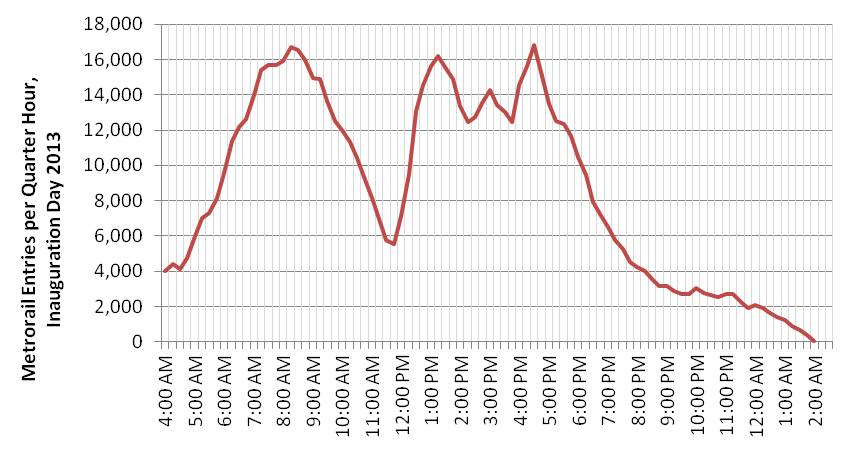
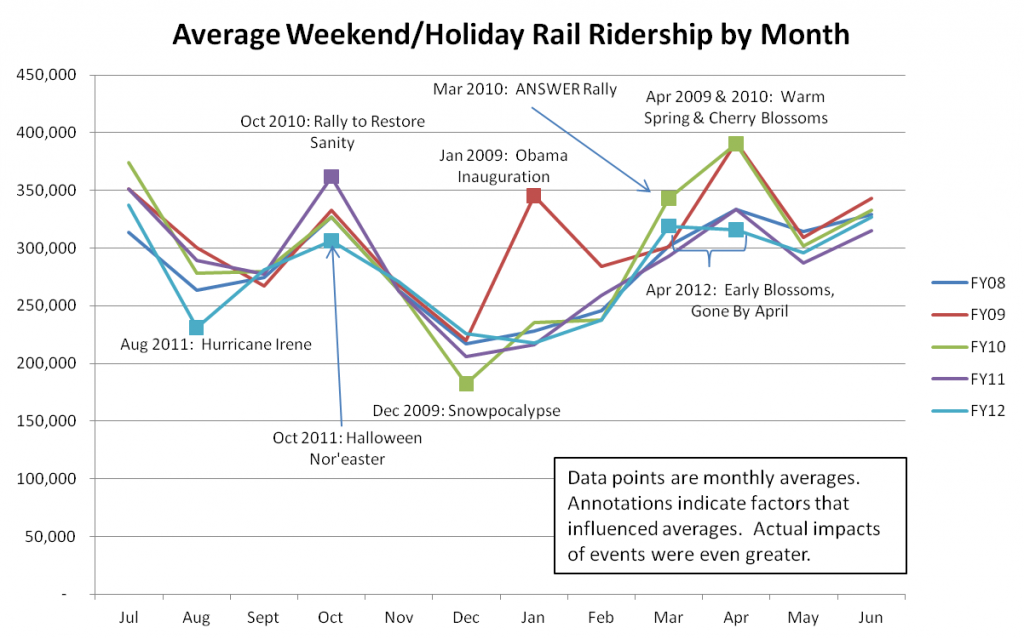

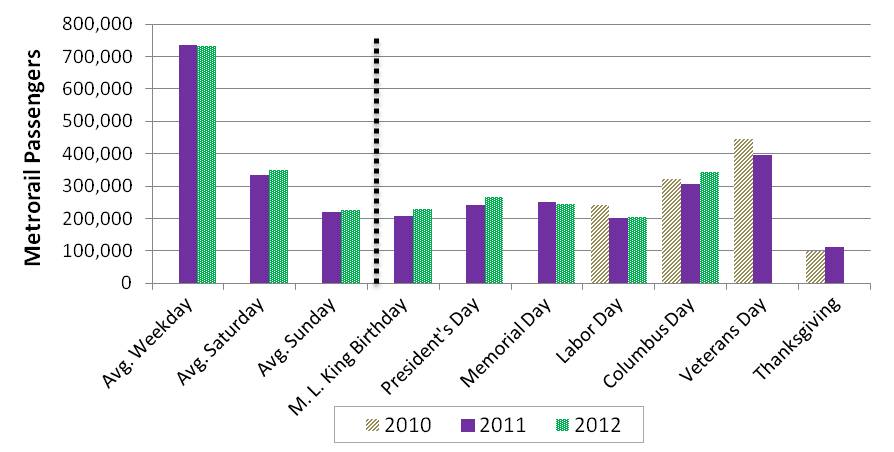
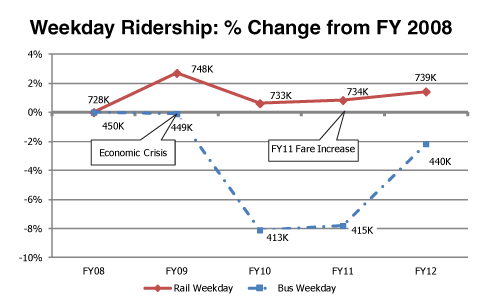
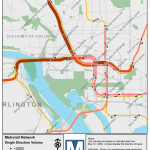
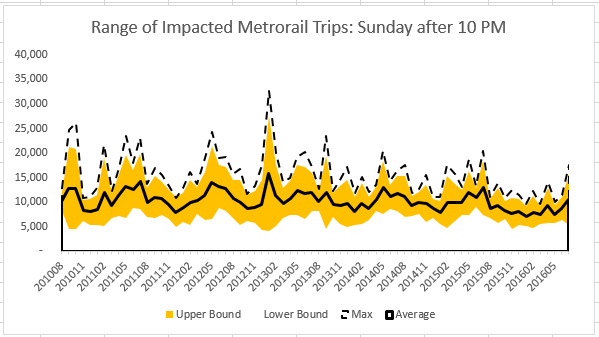
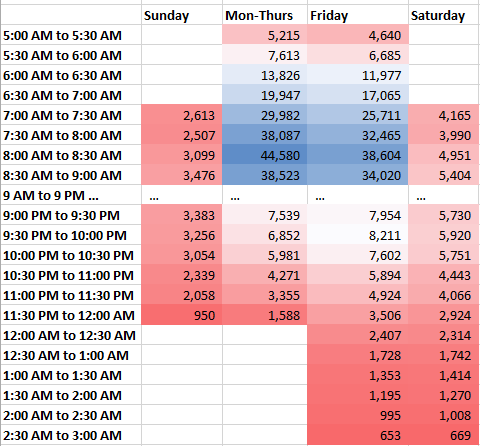
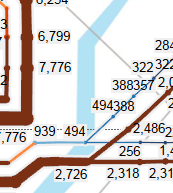
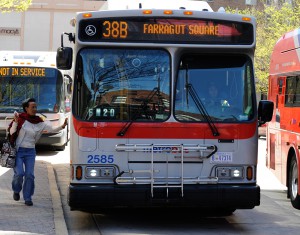


Recent Comments